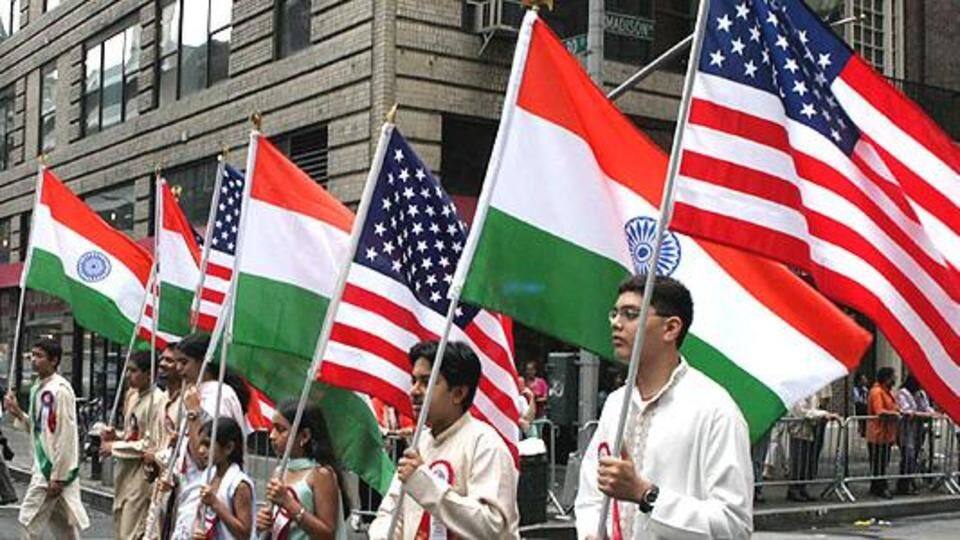
US' curb on H-1B visas a golden opportunity for India?
What's the story
The US' curb on H-1B visas might be bad news for Indians wishing to settle there, but it might turn out to be a golden opportunity for the Indian government.
For officials, the decline in international placements means more of the top talent staying back in the country and prevent brain drain.
During 1999-2015, there was a 225% increase in migration to the US.
About
The H-1B program and its significance for India
The H-1B visa program allows foreign skilled workers to work in the US. In 2016, 72% of H-1B visas approved went to Indians.
The H-1B visa has a three-year validity and can be renewed for another three years.
If approved for Green Card, workers can stay on using extensions, but Indians often have to wait years considering the massive backlog and per-country cap.
Trump
The Trump administration's anti-immigrant policies
Trump has continuously tightened conditions for the program: modifications being considered (or approved) include upping eligibility requirements, boosting minimum salary from $60,000 to $90,000, and disallowing spouses from working on the H-4 dependent visas.
They are also considering a proposal to end extensions for H-1B visa holders whose applications for Green Cards have been accepted, which could force 7,50,000 Indians to return home.
Impact
Not just Indians, but American firms to be affected too
Reactions have mostly been of worry. Though some like Anjani Kovvur of Hyderabad are certain their sons/relatives will get good opportunities in India, most appear anxious.
Many are looking at options other than the US; Canada is emerging as an appealing proposition, said 35-year-old Darshan Srinivasan.
But considering American companies would also be affected, many think big firms will resist the move.
Factors
Despite increase in migration, a fall in remittances
This brings to the fore the issue of brain drain, a significant matter for India. "If graduates from IITs, NITs and other top institutions work here, it's good for India," an official said.
Two main factors that lure Indians are better education and higher wages.
However, despite the increase in migration, remittances have fallen from 4.2% in 2008 to 3.2% in 2015.
Solution
India needs to change its conditions to prevent brain drain
For Indian officials, this is a way to prevent brain drain, but some measures are necessary.
Quality of education has to be improved, and more importantly, the additional workforce has to be absorbed in the country.
The effects are already being seen though: according to Deloitte Touche Tohmatsu, the number of Indians in the US looking for jobs back here has increased over tenfold.